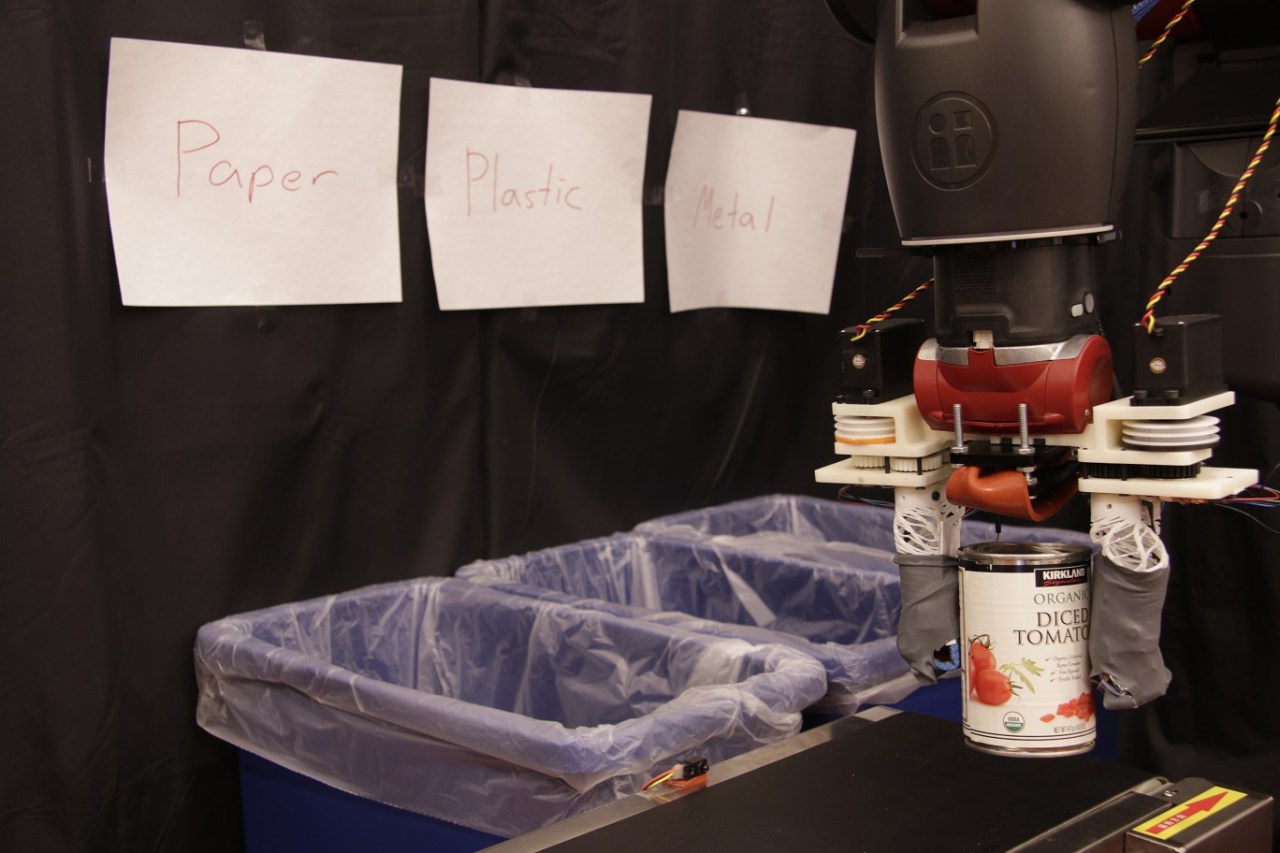As our planet grapples with the overwhelming challenge of waste management, innovative solutions are more important than ever. One such advancement comes from the cutting-edge research at MIT’s Computer Science and Artificial Intelligence Laboratory (CSAIL)—the RoCycle robot, a groundbreaking recycling sorting system designed to revolutionize how we sort materials. This post delves into the intricacies of RoCycle, its unique capabilities, and the future it promises for sustainable recycling.
Introducing RoCycle: A Robotic Marvel
Imagine a robot with the ability to ‘feel’ the difference between materials, effectively improving the recycling process. The RoCycle robot stands at the forefront of this innovation. Built atop the established Rethink Robotics Baxter, the RoCycle is equipped with a Teflon gripper crafted with specialized sensors. This combination allows it to gauge the size and stiffness of objects, providing a significant edge in accurately sorting recyclable materials.
How RoCycle Works
The mechanics behind RoCycle are fascinating. Here’s a breakdown of its operation:
- Strain Sensors: The robot’s gripper employs strain sensors to estimate the object’s size, providing an initial metric for sorting.
- Pressure Sensors: Utilizing two pressure sensors, RoCycle measures the force required to lift an object, enhancing its understanding of the item’s material makeup.
- Tactile Sensors: These sensors are also conductive, allowing RoCycle to detect metal objects by observing changes in the electrical signal based on the object’s characteristics.
By combining these measurements with calibrated data on various materials, RoCycle achieves an impressive 85% accuracy rate in identifying stationary objects. However, as with many technologies, there are caveats.
Challenges in Real-World Applications
While RoCycle shows promise in laboratory settings, challenges arise in real-world environments. The robot’s accuracy significantly declines when dealing with moving objects, such as those on a conveyor belt. In these scenarios, its accuracy drops to about 63%, primarily due to the complexity of identifying items like cans that may have layered coverings made from different materials.
The team at MIT acknowledges these limitations and is actively working to improve the technology. They are considering integrating additional sensors and combining RoCycle with existing systems that use magnetic and visual sorting to enhance its accuracy and efficiency.
The Future of Recycling with RoCycle
The implications of RoCycle extend beyond its primary function. As recycling operations become more sophisticated, integrating robots like RoCycle could lead to more streamlined processes and substantially reduced waste. This march toward automation optimizes the sorting process, allowing human workers to focus on more complex tasks, enhancing overall operational efficiency.
Conclusion: A Sustainable Tomorrow
Innovations like RoCycle represent pivotal advancements in the quest for sustainable waste management. By harnessing the power of robotics and AI, we can hope to tackle the mounting challenges in recycling with greater precision and efficacy. As the technology evolves, it promises a future where sorting recyclable materials becomes faster, easier, and more accurate, contributing to a healthier planet.
At fxis.ai, we believe that such advancements are crucial for the future of AI, as they enable more comprehensive and effective solutions. Our team is continually exploring new methodologies to push the envelope in artificial intelligence, ensuring that our clients benefit from the latest technological innovations.
For more insights, updates, or to collaborate on AI development projects, stay connected with fxis.ai.

